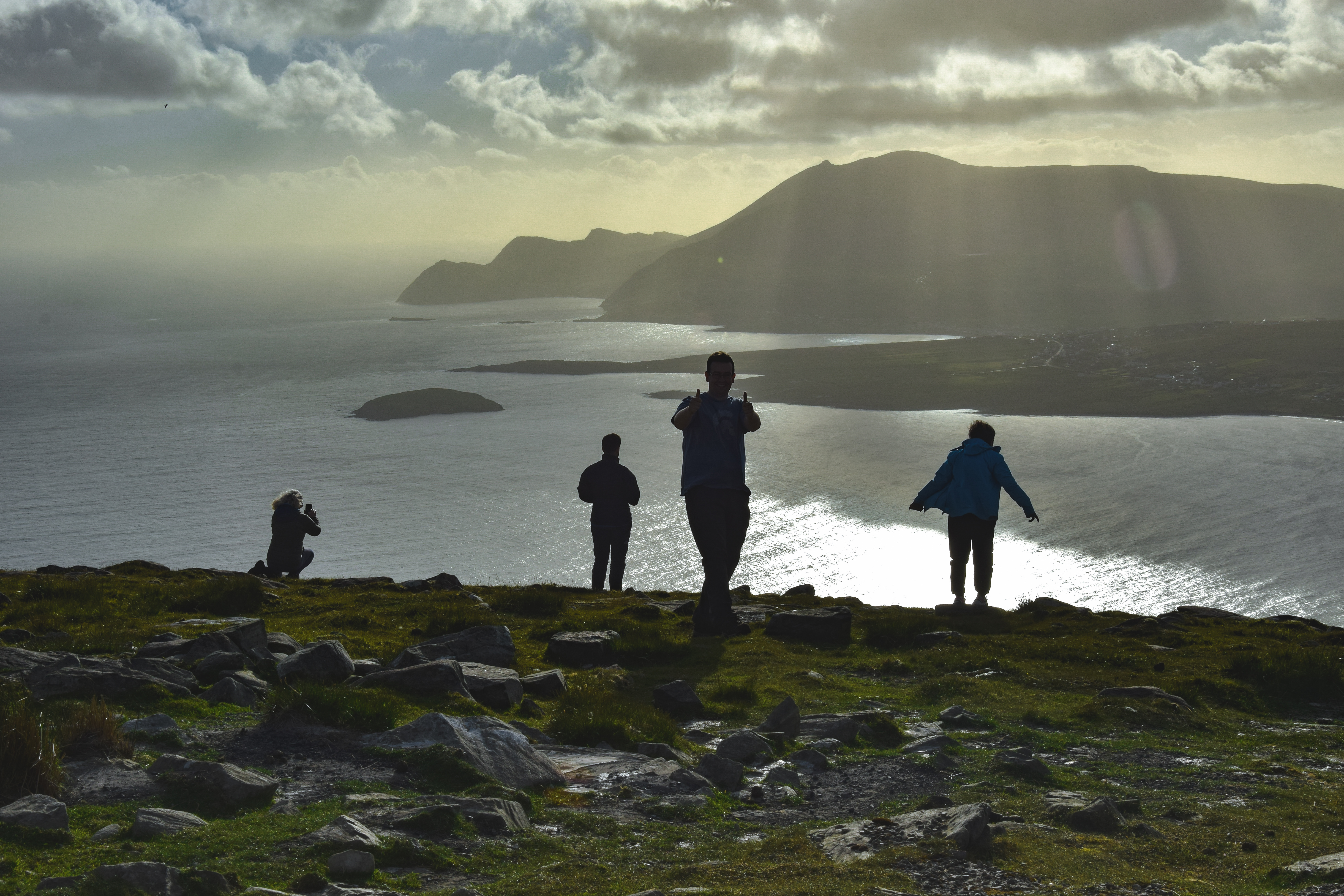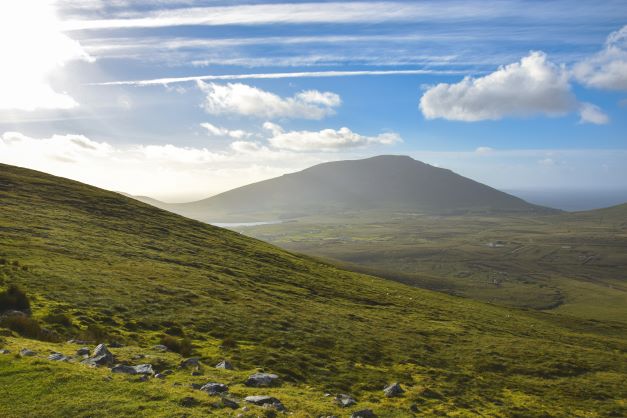We use cookies to improve our services. Read more about how we use cookies and how you can refuse them.
BeActive…BeOutdoors…BeLocal
A report into issues and mitigations in non-protected natural areas
The first published report from the SEE project partners - BeActive…BeOutdoors…BeResponsible- was centred on the results from a survey to managers of protected areas across Europe to see what issues they faced in relation to outdoor sports and also to gauge how outdoor sports were perceived. As a follow up to this the partners agreed that there would be value in looking at issues within those sites that may not be protected by legislation but that could have significant levels of use by outdoor sports enthusiasts including urban and peri-urban parks, non-native species forests and certain rivers, lakes or coastlines.
The aim of this follow up survey was to capture data in other natural but not necessarily protected sites and areas. The relevant data was extracted from each country's report and then compiled to examine different sports and to identify common issues and mitigations. Partners also undertook desktop research and/or communication with local and regional authorities to gain a better understanding into the issues caused by outdoor sports in their own countries.
From the 78 returned templates( surveys) there were 184 different issues identified across these eight countries. The issues all were categorised within the following:
-
Conflicts
-
Damage to ecosystem
-
Damage to flora
-
Disturbance of fauna
-
Erosion High numbers
-
Illegal trail development
-
Illegal wild camping
-
Increased CO2
-
Infrastructure developments
-
Invasive species transmission
-
Littering
-
Parking issues/congestion
-
Pollution (including light and sound)
-
Wildfires
-
Unauthorised activity/access
It is clear that the issues identified in a variety of environments and attributed to any specific outdoor sports are complex and wide ranging and although there were similar issues identified in many countries, the mitigations suggested were not always the same. From certain countries, the need for a more regulatory approach was highlighted, whereas, in others the need for good dialogue and mutual understanding was highlighted. There are cultural differences between countries and the legislation on the provision of access to the environment for sport and recreation is very different across Europe. Therefore, there is clearly no one size fits all approach to mitigation of these issues but rather, genuine engagement that is perhaps facilitated to support better listening between stakeholders can lead to a shared approach to manage the sites. As a result of such dialogue the development of associated and bespoke solutions through for example, infrastructure, new trails, communications and charters will then have support and buy-in from the disparate sectors involved.
 English
English English
English


